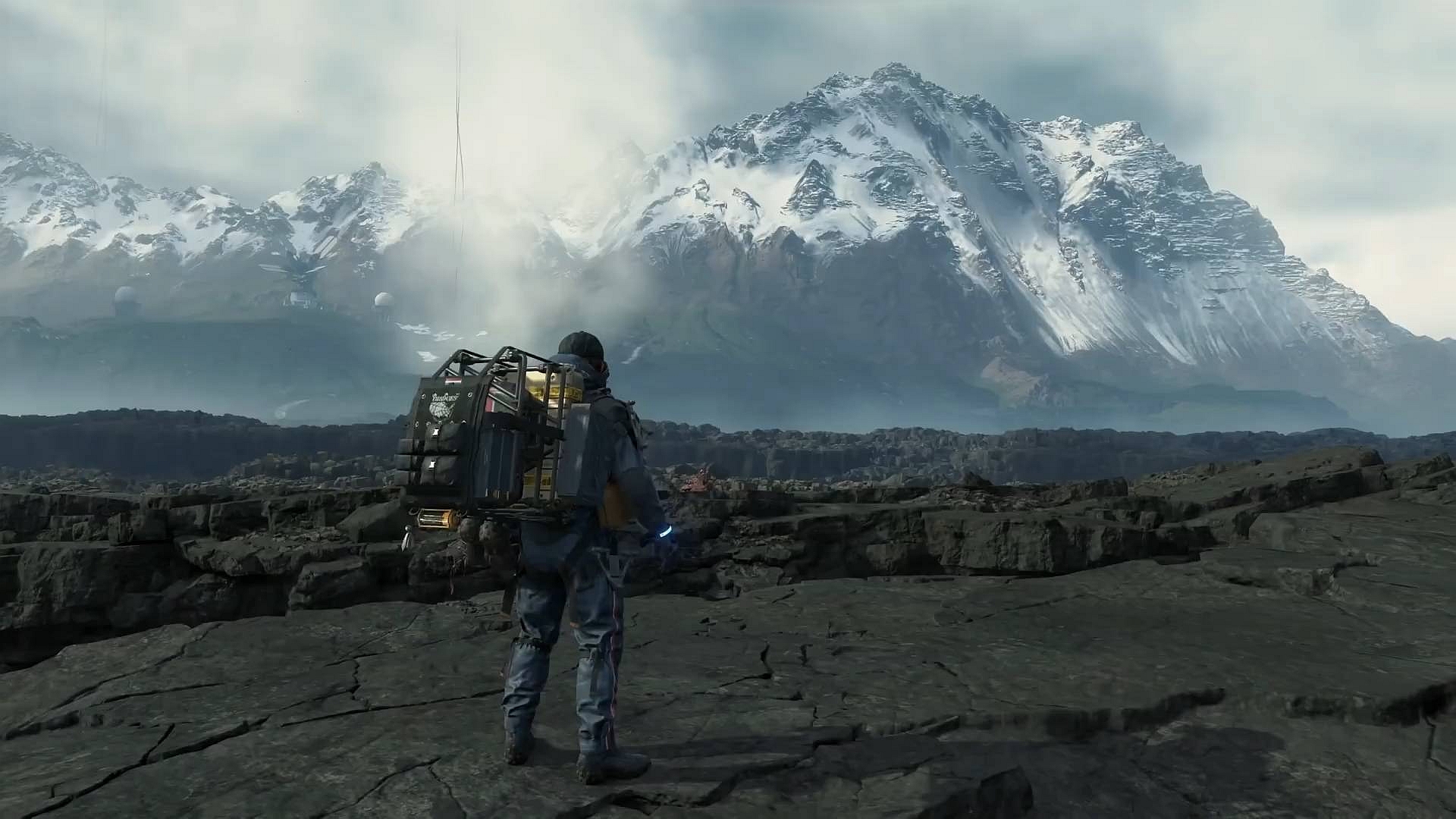
I played Death Stranding and tried to articulate how it differs from other open world games according to the "classic" formula. And I came to the conclusion that the game is aiming at something completely different. Under the cut - an analysis of the original level design of the project by Hideo Kojima.
The difference is not in traditional factors. If you follow them, then we can say that DS is no different from Breath of the Wild, Watch Dogs, Assassin's Creed, Ghost Recon or any other open-world game that has:
- System gameplay
- Wednesday informing about the player's choice
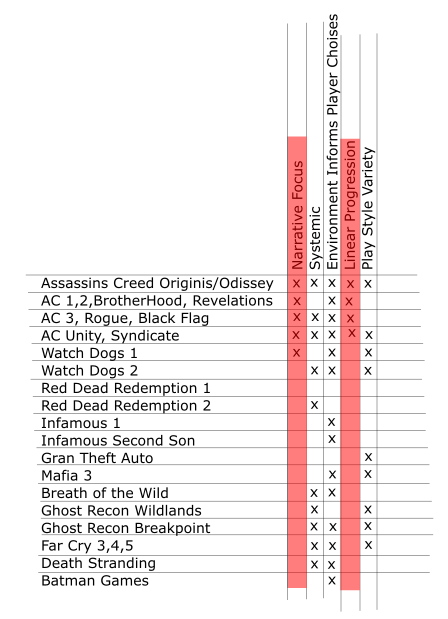
But obviously, DS is not like Breath of the Wild, despite the fact that both games offer areas to explore that will open up other areas.

The player climbs the cliff to get a better view over the play area.You
can go further to determine the differences between DS and BofW as such:
- Encirclement in DS -> enemy
- BW environment -> helper
The environment is much more important in DS and influences player decisions, just like the environment in Ghost Recon Breakpoint. In both games, we have a set of terrain types that facilitate different types of behavior, and the player will take the safer path by default. Correctly?

Death Stranding

Ghost Recon Wildlands
Yes and no ... mainly because this is a discussion of possible actions.
In Ghost Recon Breakpoint, situational control is key. The environment increases your disguise and stealth abilities. Which means avoiding unnecessary risks and injuries.
In DS, the terrain is aggressive towards the player. You need to choose the most optimal set of textures for walking in the following order:
- Don't stumble.
- Do not damage your equipment.
- Don't scare BB.
- Don't lose your package.
Each of these points will lead to unexpected events, which are most often negative. All for the sake of increasing the tension.
So the whole point of DS is that the game uses all the classic open world principles to increase the tension. The player doesn't feel like a tough asshole when completing his task - he feels relieved.

All systemic interactions in every video game are designed to evoke emotion.
For BT (Beast) emotions:
- Panic, tension.
- Sometimes quick wits.
- Relief in most cases.
They happen for different reasons:
- The player is not defeated.
- The player does not see ghosts, relies on BB, and he is capricious.
- MULE camps are like outposts, but the player cannot fight. Therefore, when discovered, it is important how quickly you can run and hide.
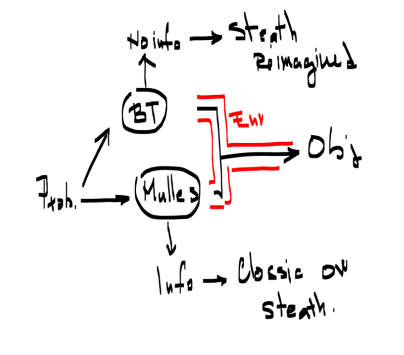
The environment is connective tissue. It is crude and will not help you defeat enemies, but it will help you to escape or hide.
There are several types of terrain that the player sees in the training location:
- Grass is a safe green surface, the least aggressive for the player.
- Stones - Causes the boots to wear out faster.
- Large rocks - cause severe stamina depletion when climbing or running.
- Shallow Water - Slows the player down or drains stamina.
- Deep water is the same as shallow water, but the player can stumble and drown.

In most cases, the types of terrain are combined, creating various combinations:

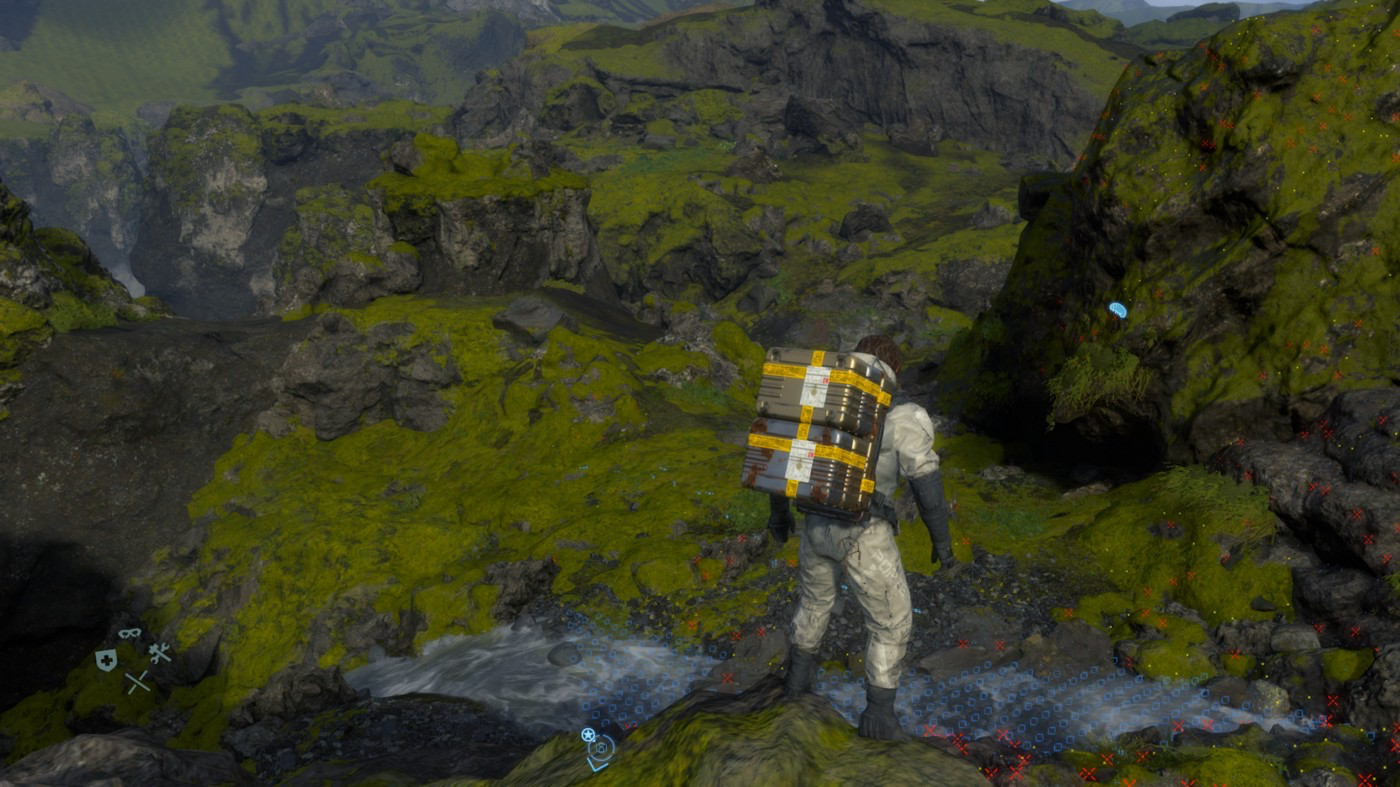

The composition is visually organic - there will always be more rocky ground near the river beds. Everything around is color-coded for easy reading and memorization.
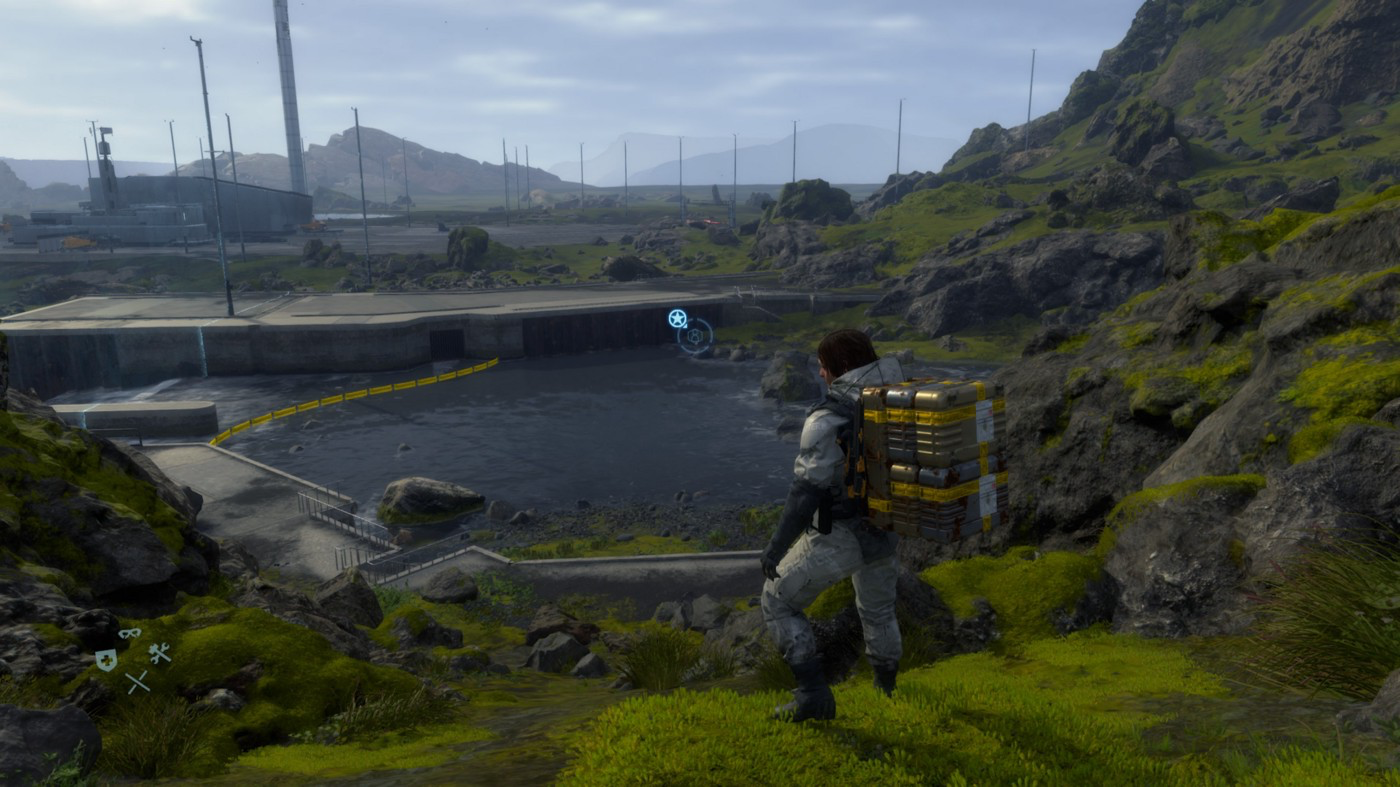
There is another type of terrain - concrete. This is the only "safe" type that is found only inside settlements, cities and stations.
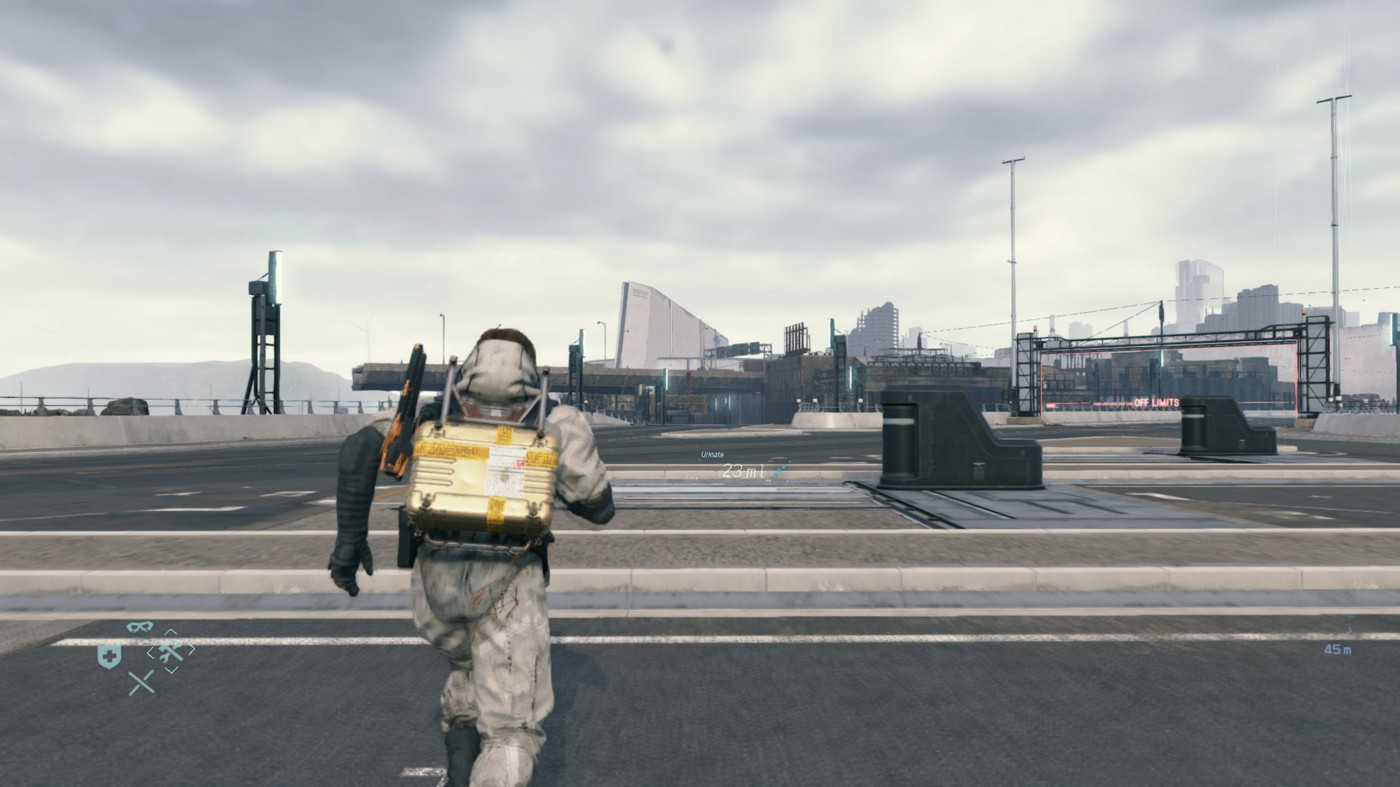

From this point of view, the game is a horror:
- The environment is aggressive.
- The baby (BB) is crying.
- The forest is inhabited by ghosts.
- Marauders are hunting you.
In terms of level design, the gameplay revolves around avoiding large groups of Critters using the BB ability and noise control. The critters are almost motionless and allow the player to sneak between them, trying to find a way.

In addition to not getting caught by the Critters, the player continues to fight the environment. In fact, every change in height is a hazard. This creates additional tension and forces the player to constantly change plans.

On a topographic map, it would look something like this:

Then you can add an arbitrary task where it can be compatible with our goals:

Next, you need to select safe areas around the target zone:
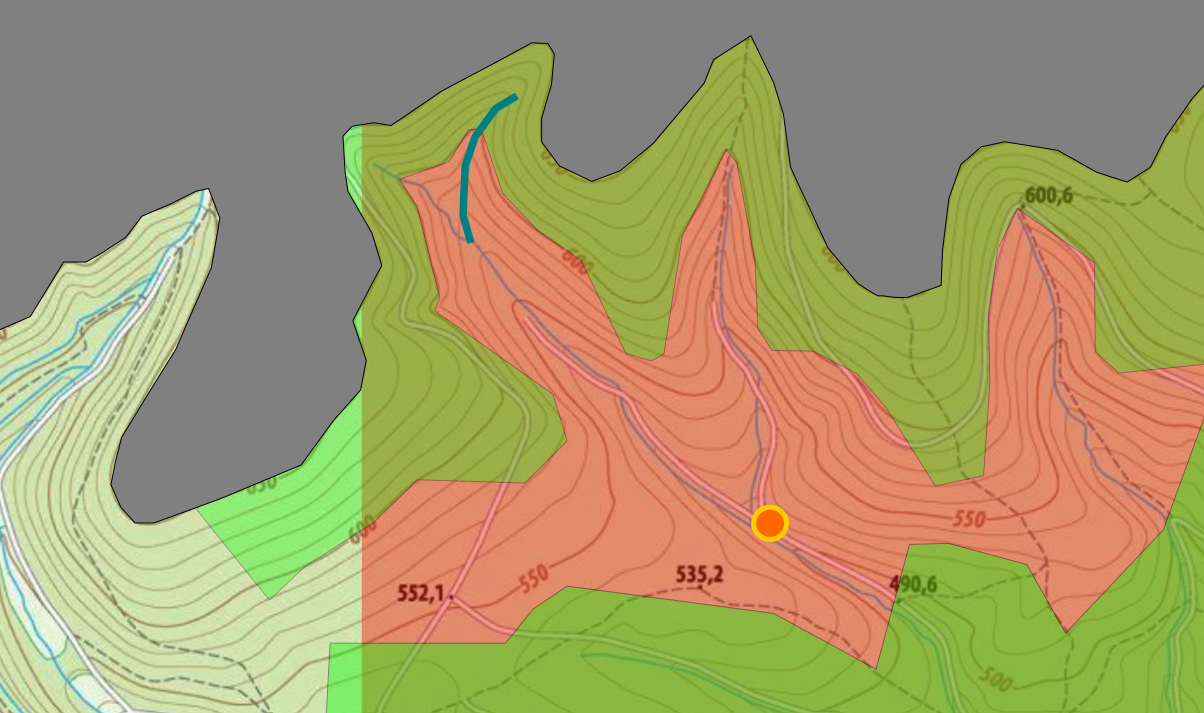
Safe areas are probably the most difficult to cross. The world of Death Stranding is very twisted and dangerous:

This must be emphasized at any height for each layer.

At the same time, there must be a way to divide the safe areas into smaller parts using large rocks that will force the player to use rock climbing, ladders and ropes.
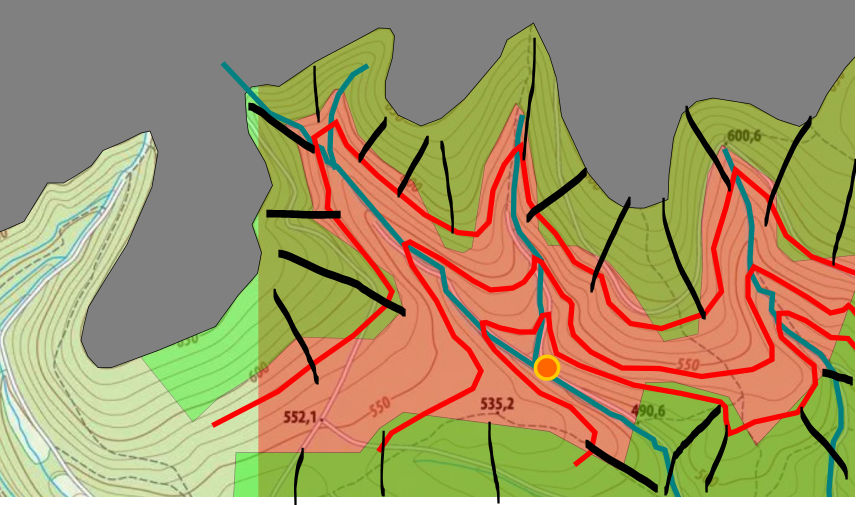
After all this,
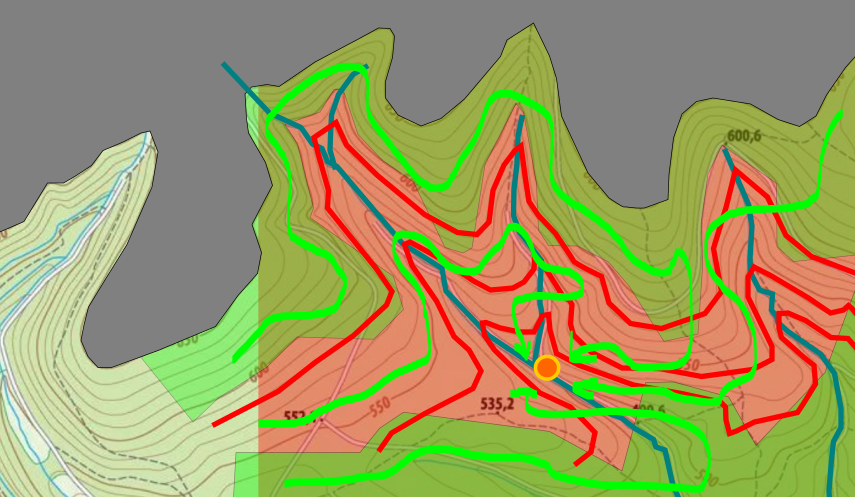
let's illustrate the player's paths: Now, based on these predefined paths, we can determine where to place the Critters or create several intermediate paths between the main ones for greater freedom of movement.

Here's what will happen:
- Using BB, the player will slowly make their way along safe paths, trying to reach the goal and not collide with the Critters.
- Border paths will be safer and with fewer Critters, but the hike will become more difficult and dangerous.
It is a multi-beam design with two different options and risk factors. Hard path, high risk of tripping, but fewer Critters? Or an easier path, less stumbling, but more Critters?
Mule outposts are more standard.
You need to infiltrate their camp and steal things. There is a huge risk of being discovered, but you can rely on traditional things:
- High grass
- Watchtowers

The difference is that there are no tactical elements, there are no safer methods of passing. All there is is a hut in the middle of the dangerous terrain to be traversed.

NPCs in this location are dangerous, which forces the player to sneak, hold their breath and steal, or seek and run. The Ink of the Beast is not the same as the power staves of MULEs.
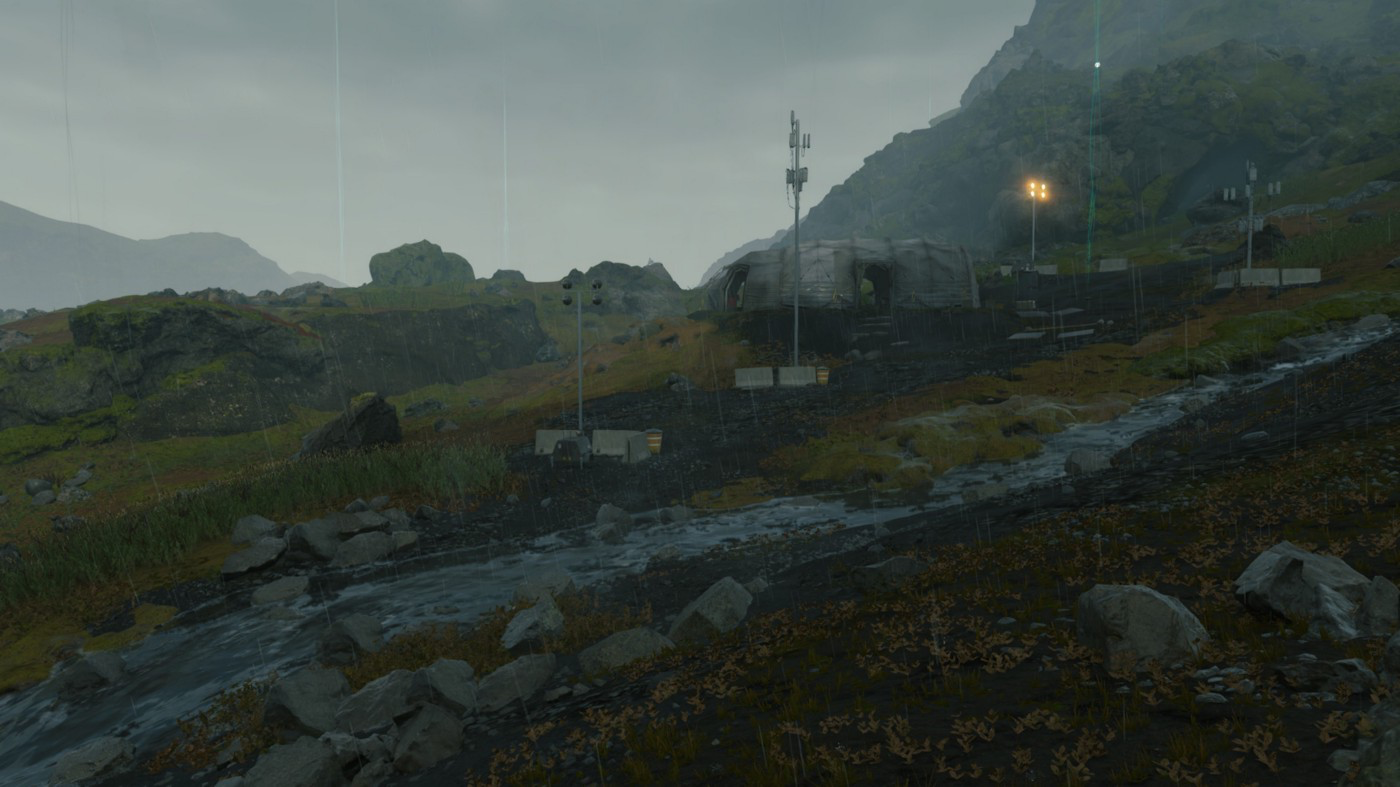
Death Stranding is a testament to how far a unique concept can be propelled when there is a clear vision.
The overall structure of an open world game doesn't need to be reinvented. What you need to do is try to design your gameplay around a different type of emotion. It's a game about fighting, hard work, fear, perseverance, and even sometimes parenting. A unique experience.